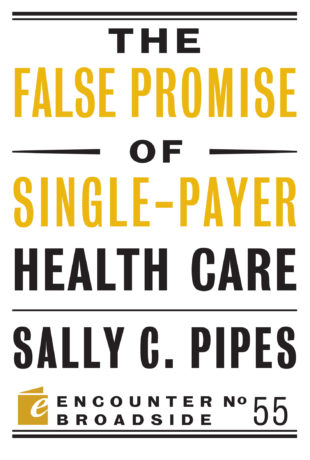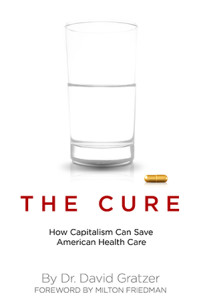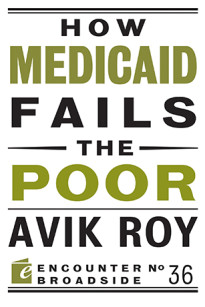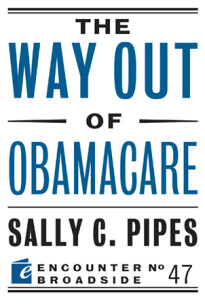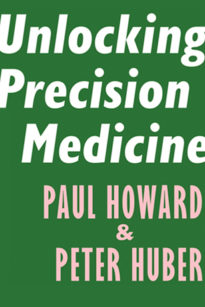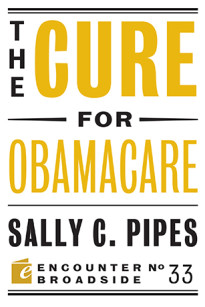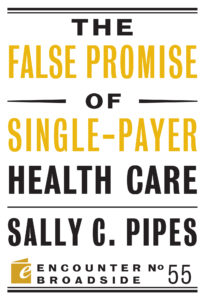Under single-payer, a single entity pays for health care services. The only entity with the heft to shoulder that responsibility is the government.
If single-payer were to take hold in the United States, private insurance coverage would be outlawed. About 160 million people who get health benefits through work—roughly half the population—and more than twenty million people who purchase insurance on their own would lose their private coverage and have to enroll in a new government-run plan.
Supporters of single-payer claim it can ensure universal coverage for significantly less than a privately administered system. A single government insurer doesn’t have to spend money on marketing. Its administrative costs may be lower, given its scale. And as the only buyer of health care, it can theoretically drive a hard bargain with doctors, hospitals, and drug companies.
Outside the United States, single-payer is the norm. The United Kingdom’s National Health Service was the world’s first single-payer system; it formally launched in 1948. Almost all doctors and nurses in the United Kingdom work directly for the NHS.
Canada, too, has a single-payer system. Health care providers don’t technically work for the Canadian government, but it retains exclusive rights to cover services defined as “medically necessary.” Doctors cannot accept payments for such services from patients; they must bill their provincial government.
Even in the United States, certain segments of the population—seniors, the poor, military veterans—are subject to single-payer.
Its siren song is appealing. Who wouldn’t want free, universal coverage that eliminates premiums, deductibles, copays, provider networks, complicated bills, and the like?
Unfortunately, the reality of single-payer doesn’t comport with that promise. Long wait times, substandard care, lack of access to innovative treatments, huge public outlays, and spiraling costs are endemic to single-payer.
